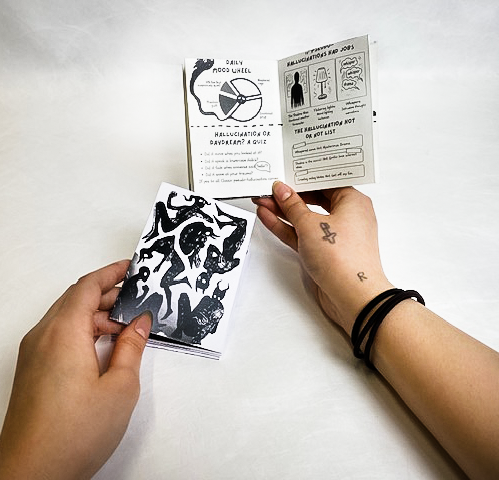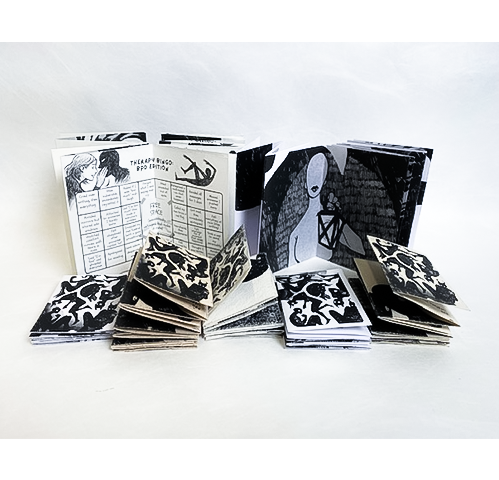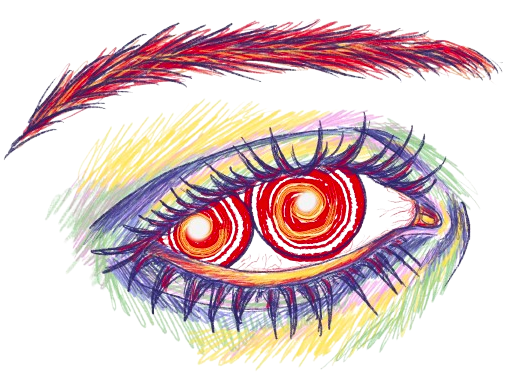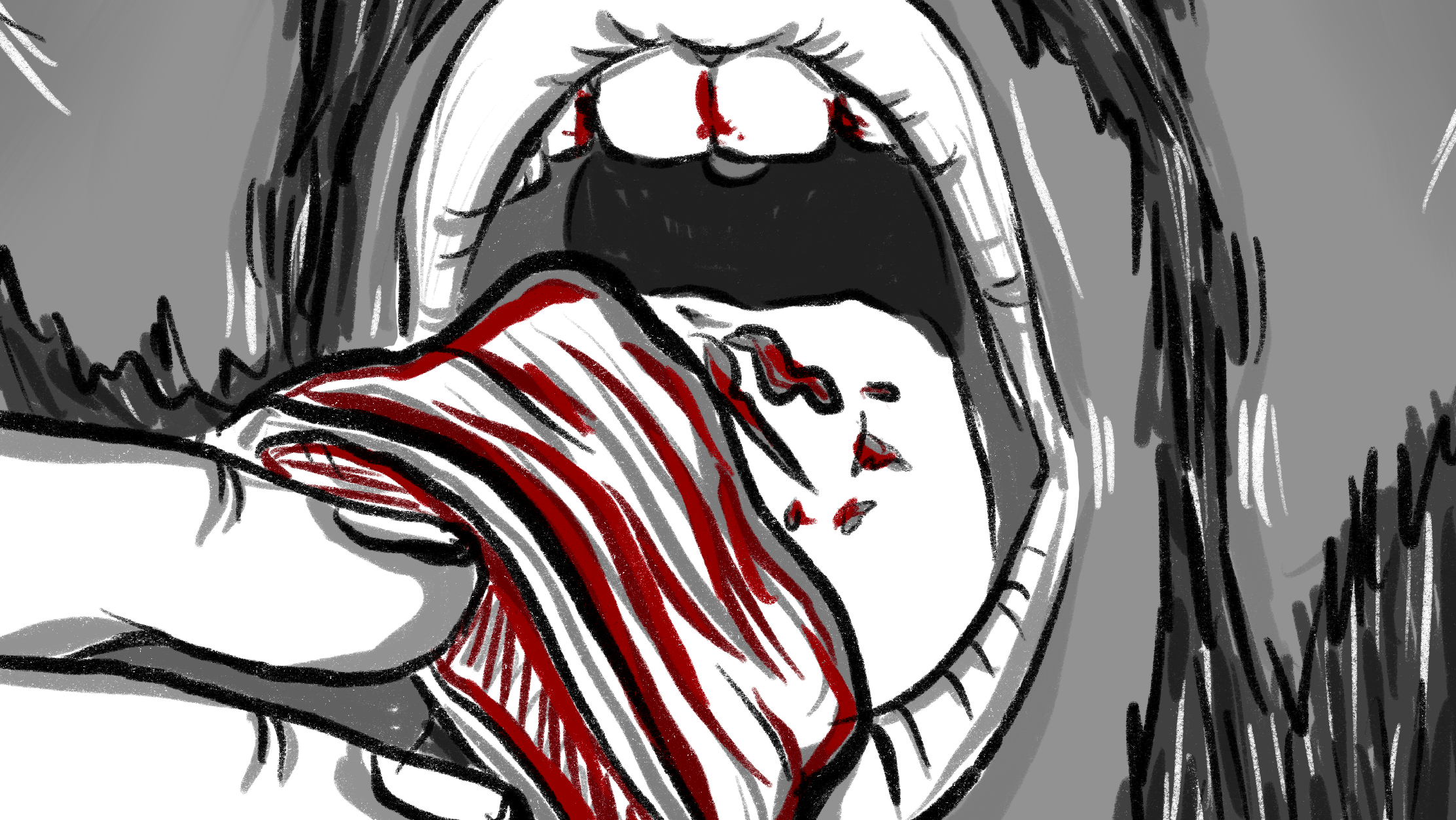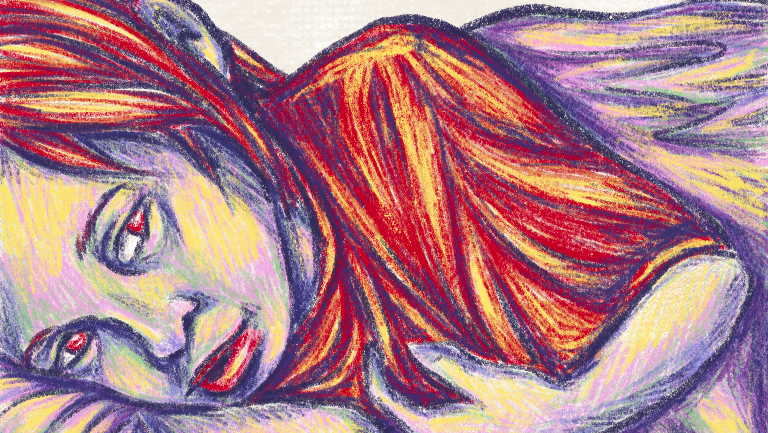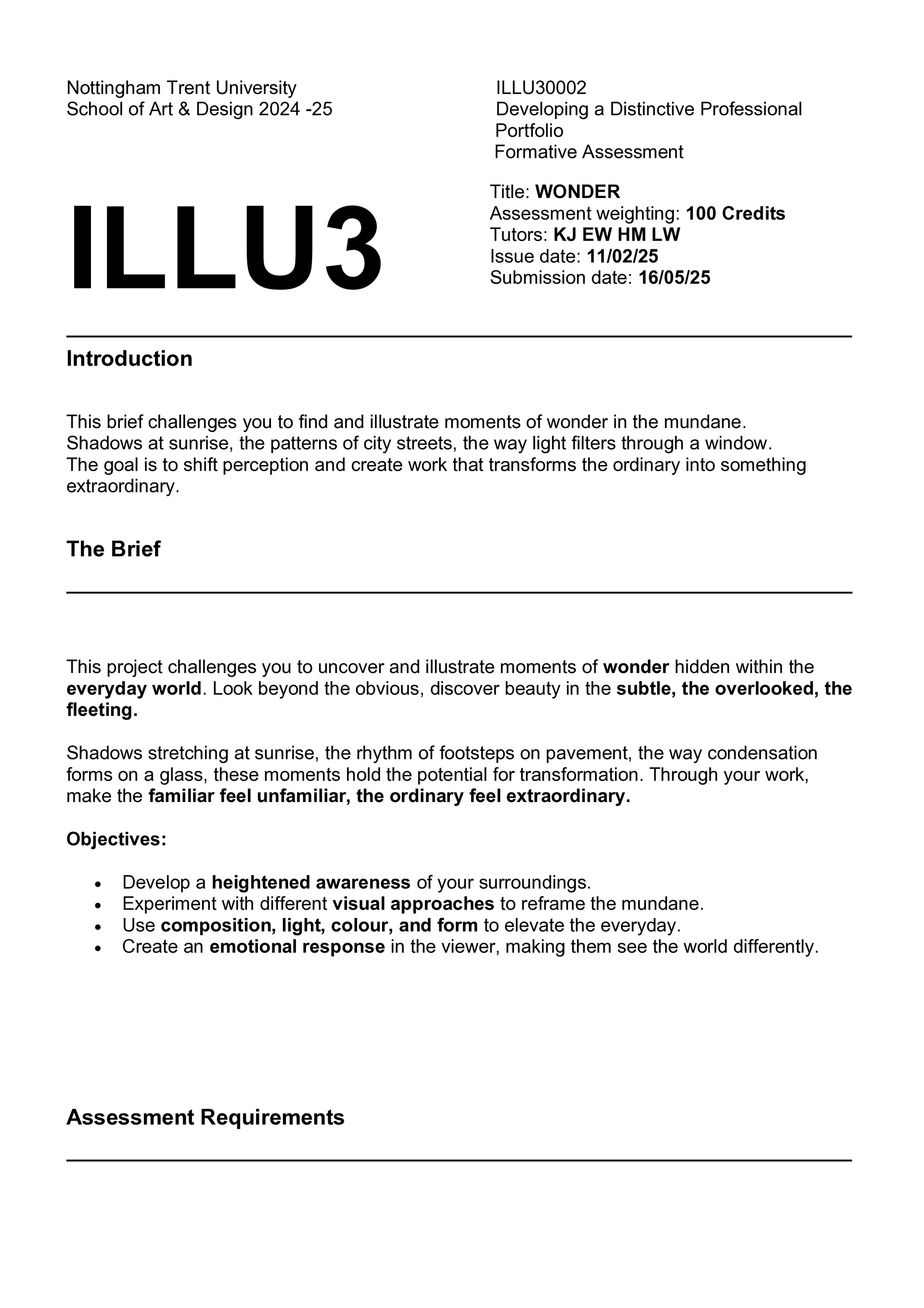

My reasons for choosing this brief: to explore the intricate layers of everyday life, focusing on the subtle interplay of light, shadow, and movement that most overlook. Instead of accepting routine at face value, to investigate the nuanced textures of daily experiences, from the precise curve of a shadow at sunrise to the unique rhythm of a familiar path.
Initial Ideas
I had too many ideas for the brief, so I started focusing on narrative-driven concepts. Since I’ve been shifting all my projects toward storytelling, I began jotting down the little story ideas that came to mind.
Narrative Ideas:
Echoes of Routine – A man takes the same route home every day but starts seeing past versions of himself performing different actions. As they overlap, he realizes how many unnoticed choices shape his daily life.
The Rebel Reflection – His reflection moves out of sync, first subtly, then deliberately. It reacts to things he hasn’t done, until he questions which version of himself is real.
Lost & Forgotten – A discarded object holds a story: how it was made, cherished, and eventually abandoned. Does being lost mean it has no purpose left?
Unspoken Love – A romance told through gestures: a lingering touch, a knee brushing against another, fingers tracing small circles. No words, just quiet closeness.
An Object’s Day – A coffee cup in a café watches the world: whispered secrets, nervous hands, fleeting moments. It exists in lives it will never fully know.
A World Without Sound – A deaf character perceives the world through vibrations, echoes, and movement. Silence reveals patterns others never notice.
Shadow People
Shadows often go unnoticed, something most people stop paying attention to after childhood. I think kids notice them once, either finding them eerie or turning them into imaginary friends. But if someone’s shadow were to suddenly disappear, it would look strangely unnatural, immediately drawing attention. In that moment, something mundane would become impossible to ignore.


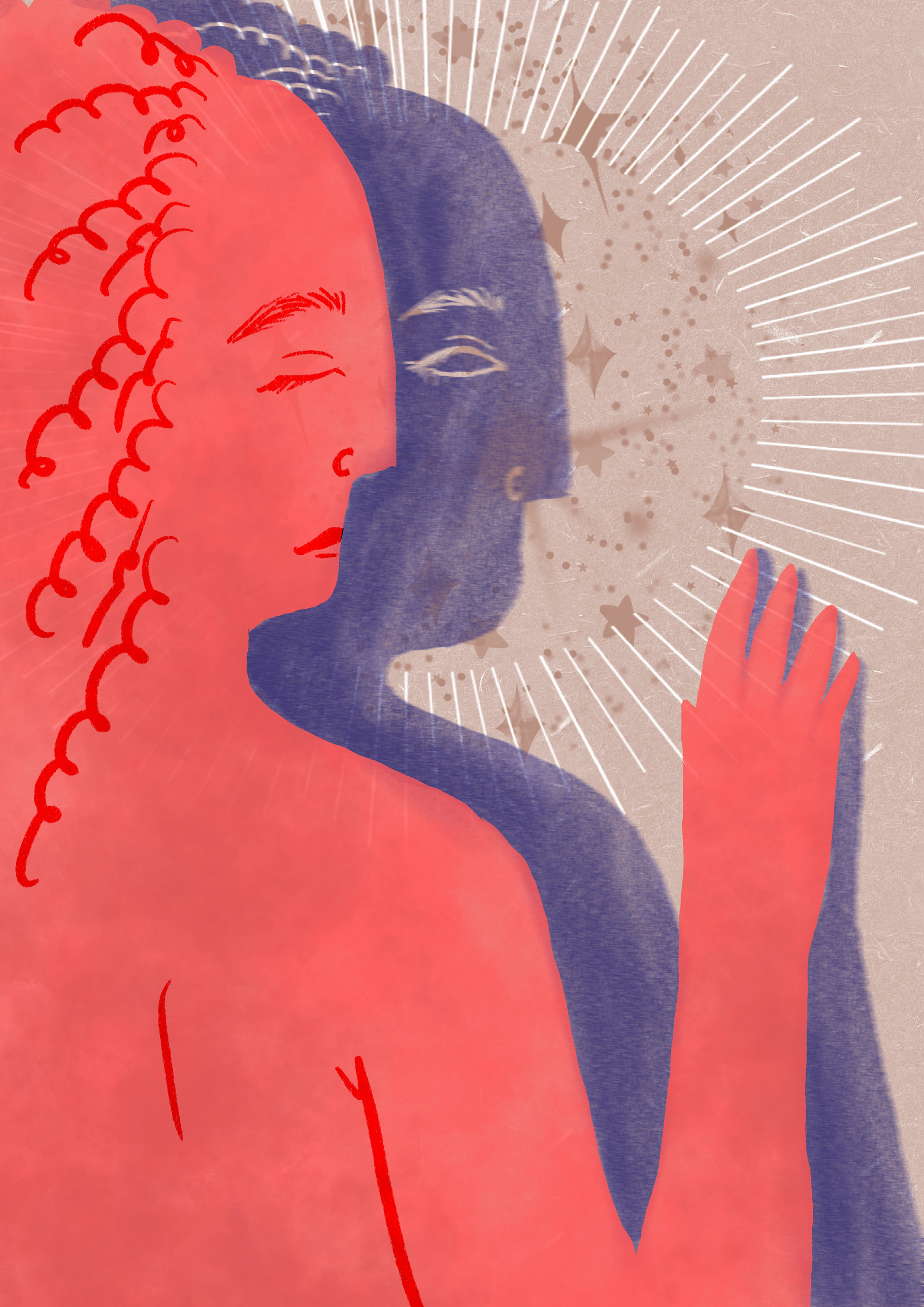
Shadows have always stood out to me in ways others don’t seem to notice. While most people walk past them without a second thought, I fixate on them: how they stretch, shift, and sometimes feel more alive than they should. With my BPD, I experience perceptual disturbances, including "shadow people" appearing in my peripheral vision. They flicker at the edges of my sight, disappearing the moment I try to focus on them. They aren’t real, but the fear they bring is.




This brief is my way of exploring shadows not just as a visual element but as something psychological, something lurking beneath the surface of reality. I want to capture how shadows can feel eerie and deceptive, how they distort perception, much like my own mind does.
By turning my personal connection with shadows into a visual narrative, I hope to immerse others in the discomfort and paranoia that comes with seeing what isn’t really there. I want to make the mundane feel uncanny, to show how something as simple as a shadow can become terrifying when your mind starts working against you.
Key words when I think of shadow people




16-Page Zine Template
I wanted to make a zine for this final brief because I knew I wanted to experiment with print. I had already created a narrative driven illustrated book for my Identity project, and something much heavier and more emotionally intense for my Place project. This time, I wanted to shift gears. I wanted to explore a different tone, something still rooted in personal experience but with a darker sense of humour. Something that allowed me to laugh at my symptoms while still taking them seriously. That is where the idea for a shadow themed zine came in.
This project was very different from what I usually do. Most of my work is heavily illustrative, focused on drawing and visual storytelling. But this time, the process felt more like designing. It was about layout, typography, pacing, and how text and image could play off one another to create something weird. I leaned into humor and discomfort in equal measure. The zine became a kind of pseudo guide, a surreal little publication that tries to explain what it is like living with a mind that sometimes shows me things that are not really there.
Shadows have always stuck with me. I have experienced pseudo hallucinations for as long as I can remember, especially shadow people that flicker at the edge of my vision and disappear the second I try to look at them. They are not real, but they still throw me off, making me second guess my senses and feel strangely afraid in my own space. These distortions feel like glitches in my perception, and they often happen when I am emotionally overwhelmed or dissociating. This zine became my way of confronting that experience head on.
Each page is a mix of intrusive thought jokes, strange diagrams, bingo games for dissociative episodes, and fake ads for shadow merch. Designing these pages gave me the freedom to make something playful and unsettling at the same time. It was freeing to break away from traditional illustration and let the design and writing take the lead. I did not have to tie everything into a polished narrative. Instead, the zine is fragmented, self aware, and a bit absurd, just like the mental experiences it is based on.
Creating this project helped me make peace with parts of my perception that I have always tried to ignore. And it reminded me that art does not always need to be serious or beautiful to be true. Sometimes, it just needs to say, “Yeah, this is what it feels like.”


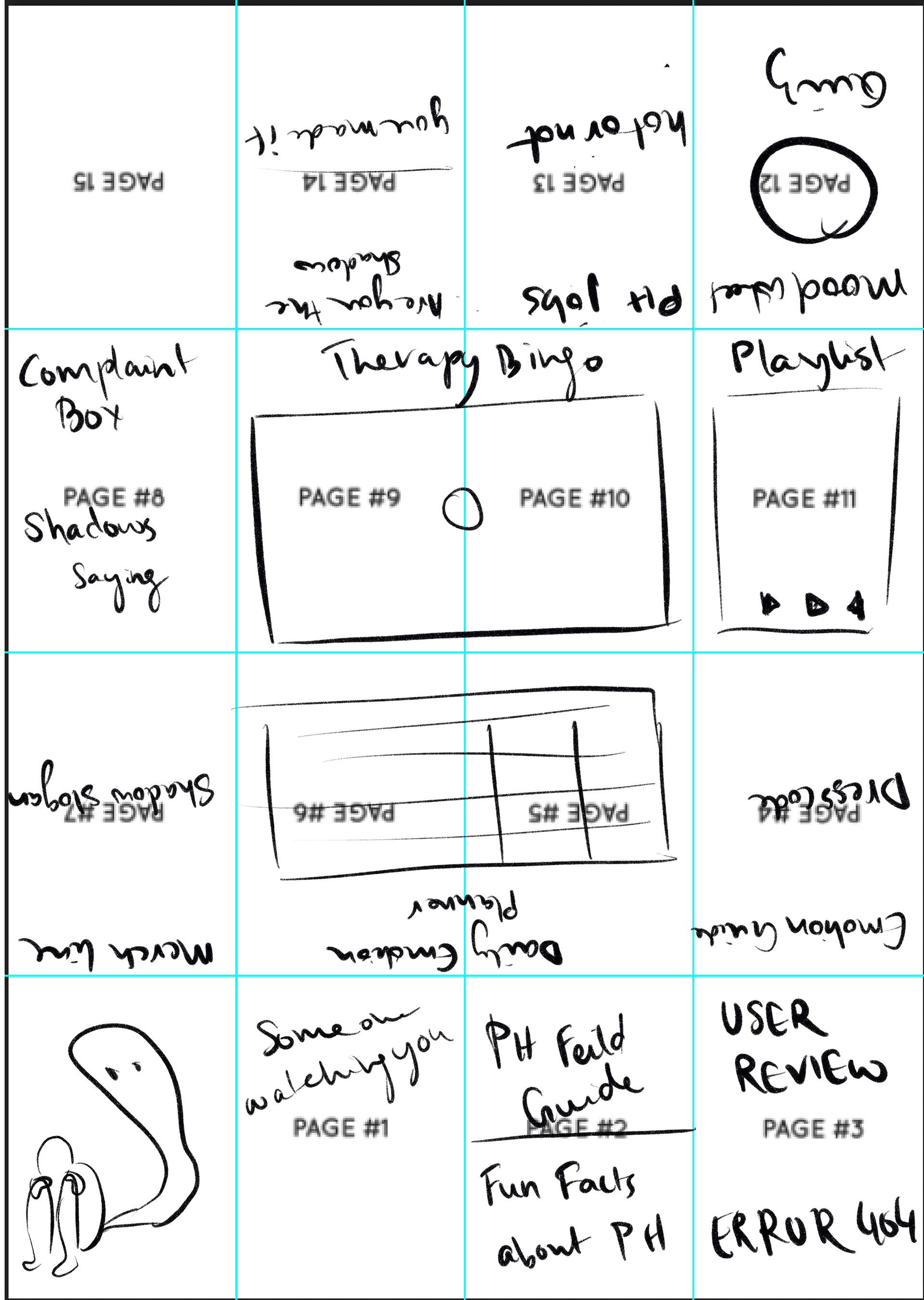
first explored different types of zines and came across the accordion zine format, which unfolds like a continuous strip. The structure intrigued me, but it was also quite complex. It required the paper to be folded three times horizontally and three times vertically, followed by a series of cuts across the horizontal sections. The idea was to fold it along the creases in a specific pattern so it would read like a continuous sequence. The template was confusing at first, and I went through several failed attempts on InDesign before figuring it out. It took a lot of trial and error with printing and folding, but eventually I got the layout to work the way I envisioned.
I wrote down the text and ideas in Word to get a sense of tone, flow, and structure. Once I had the content in place, I moved on to designing the pages in Adobe Illustrator. This allowed me to visualise the layout more clearly and experiment with type, image placement, and how the visuals would interact with the folds of the zine.
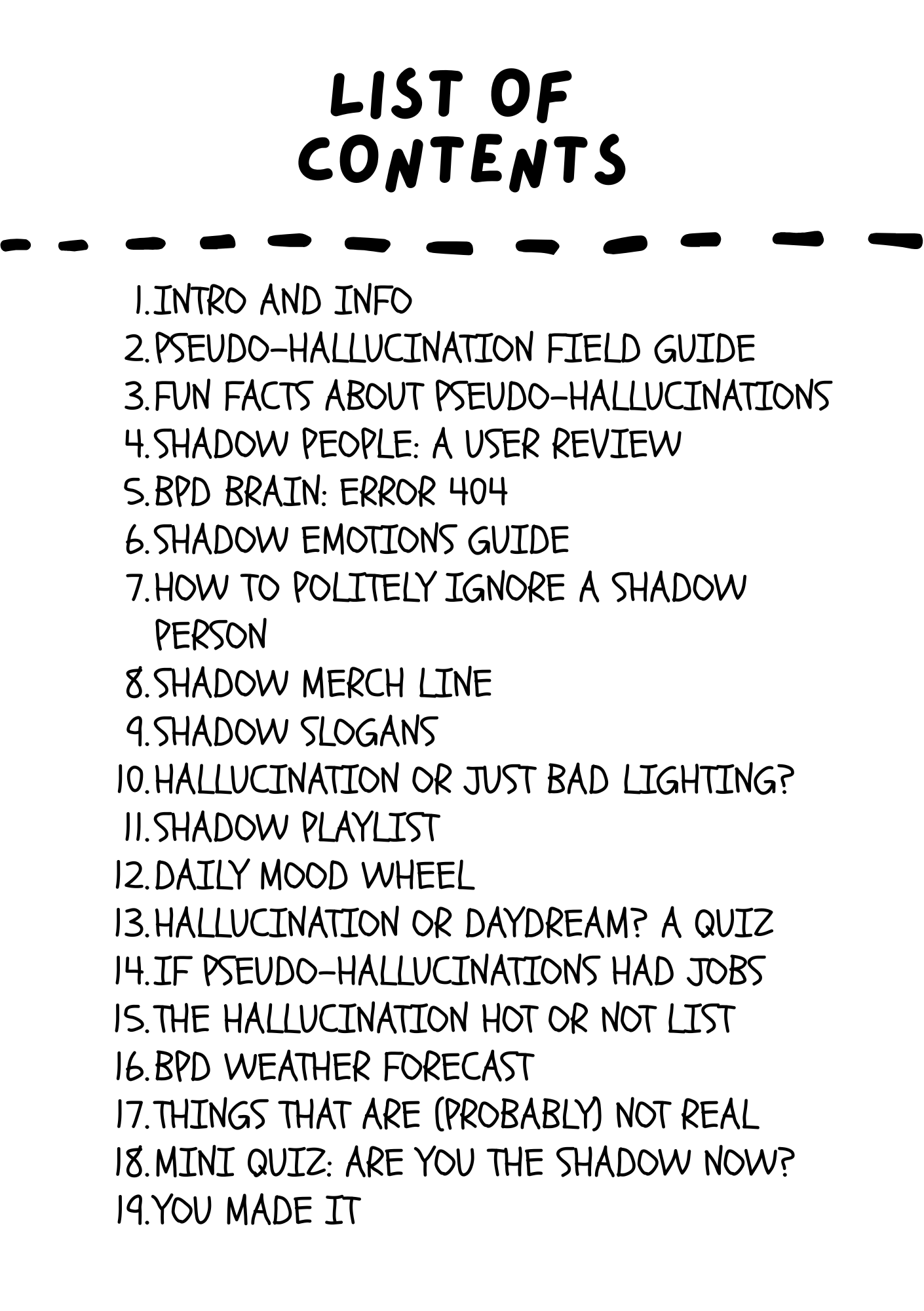
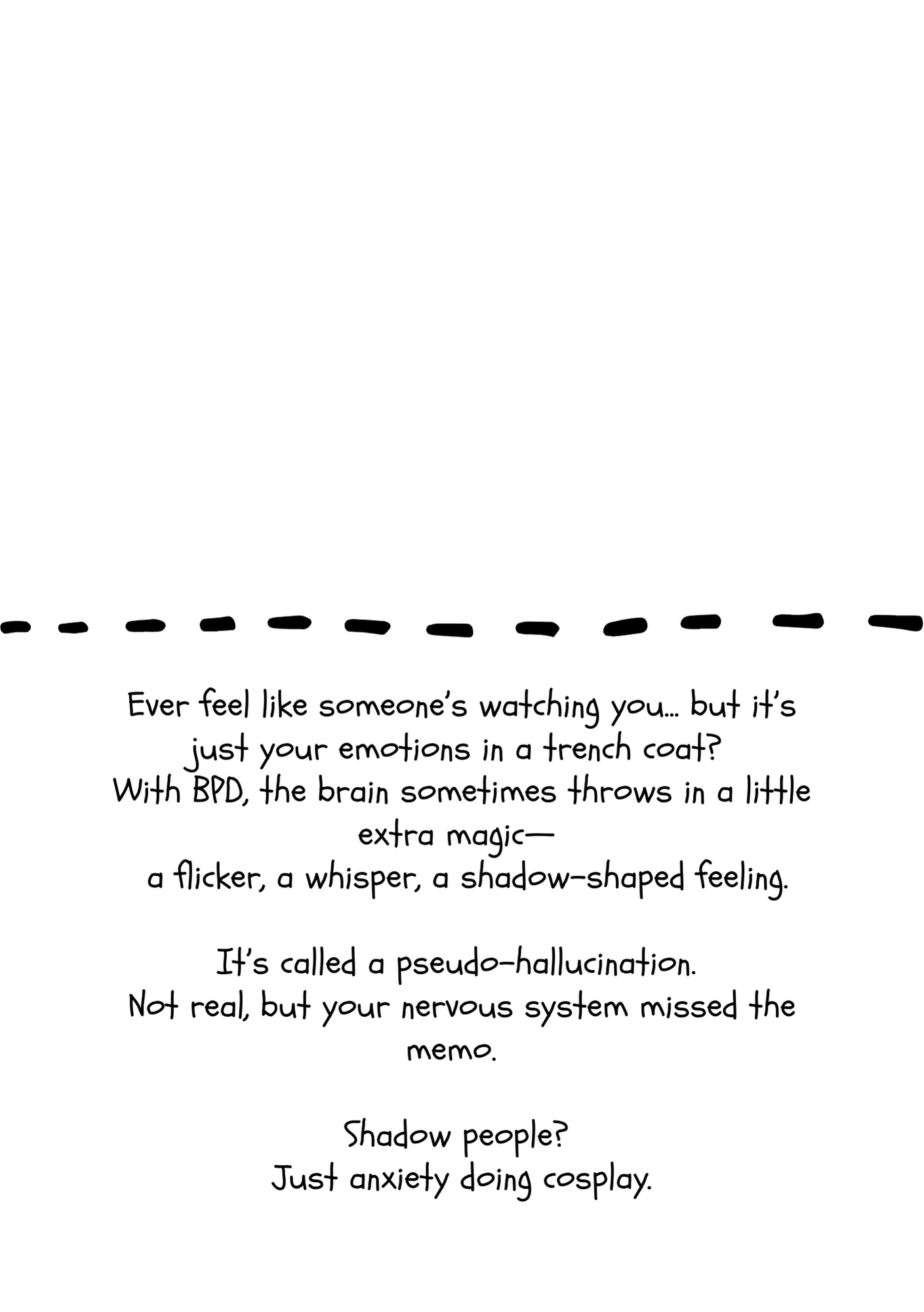

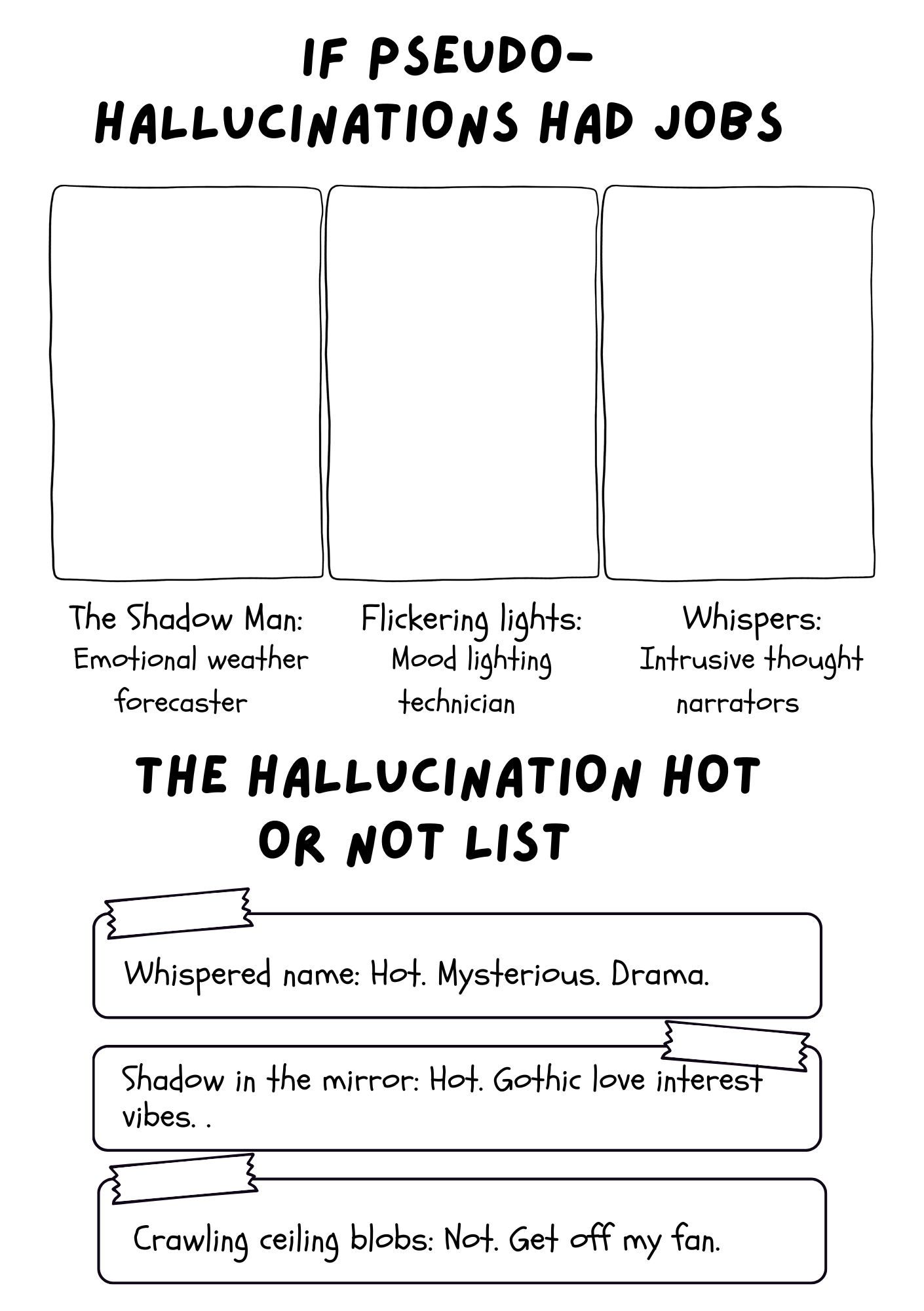


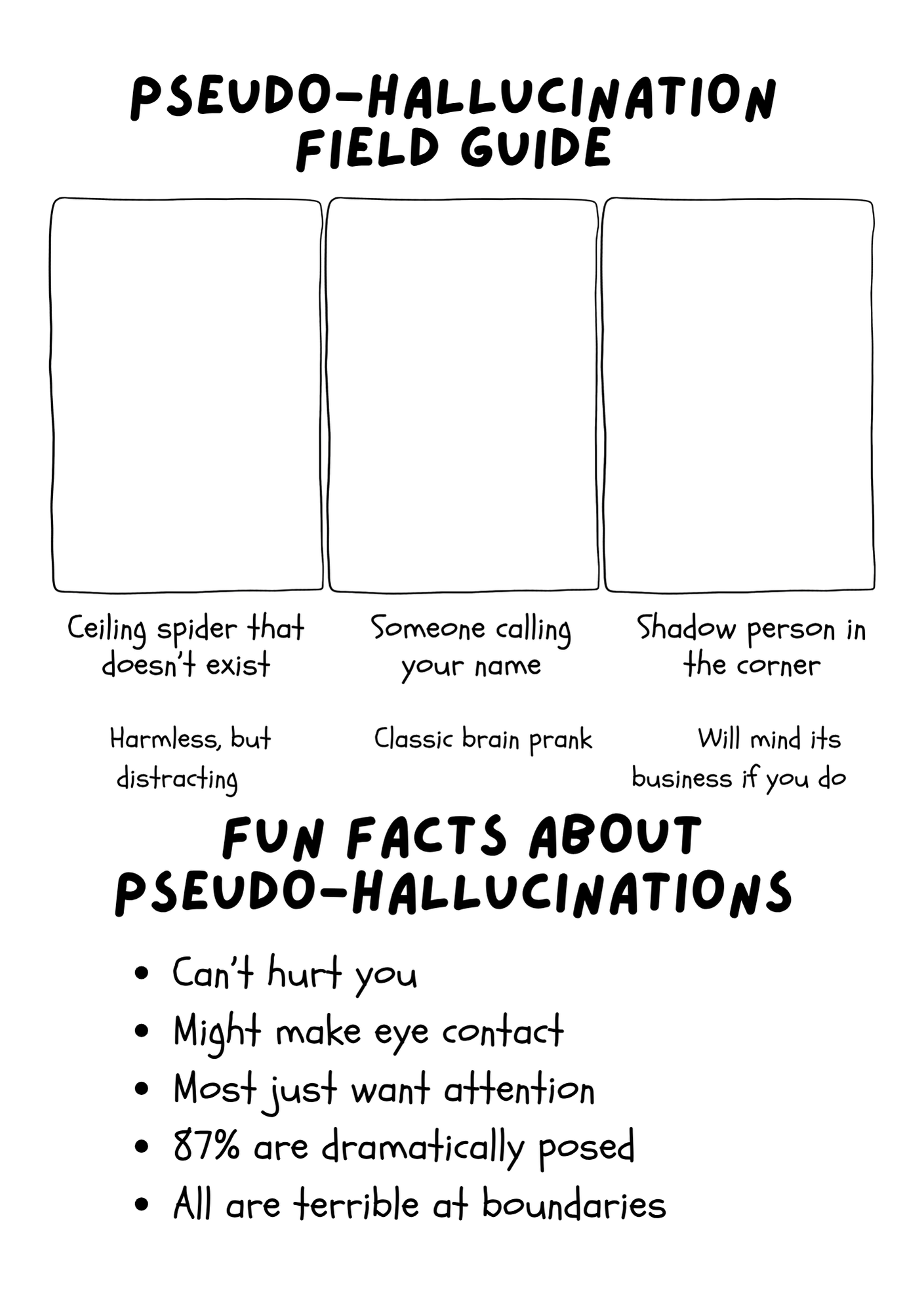





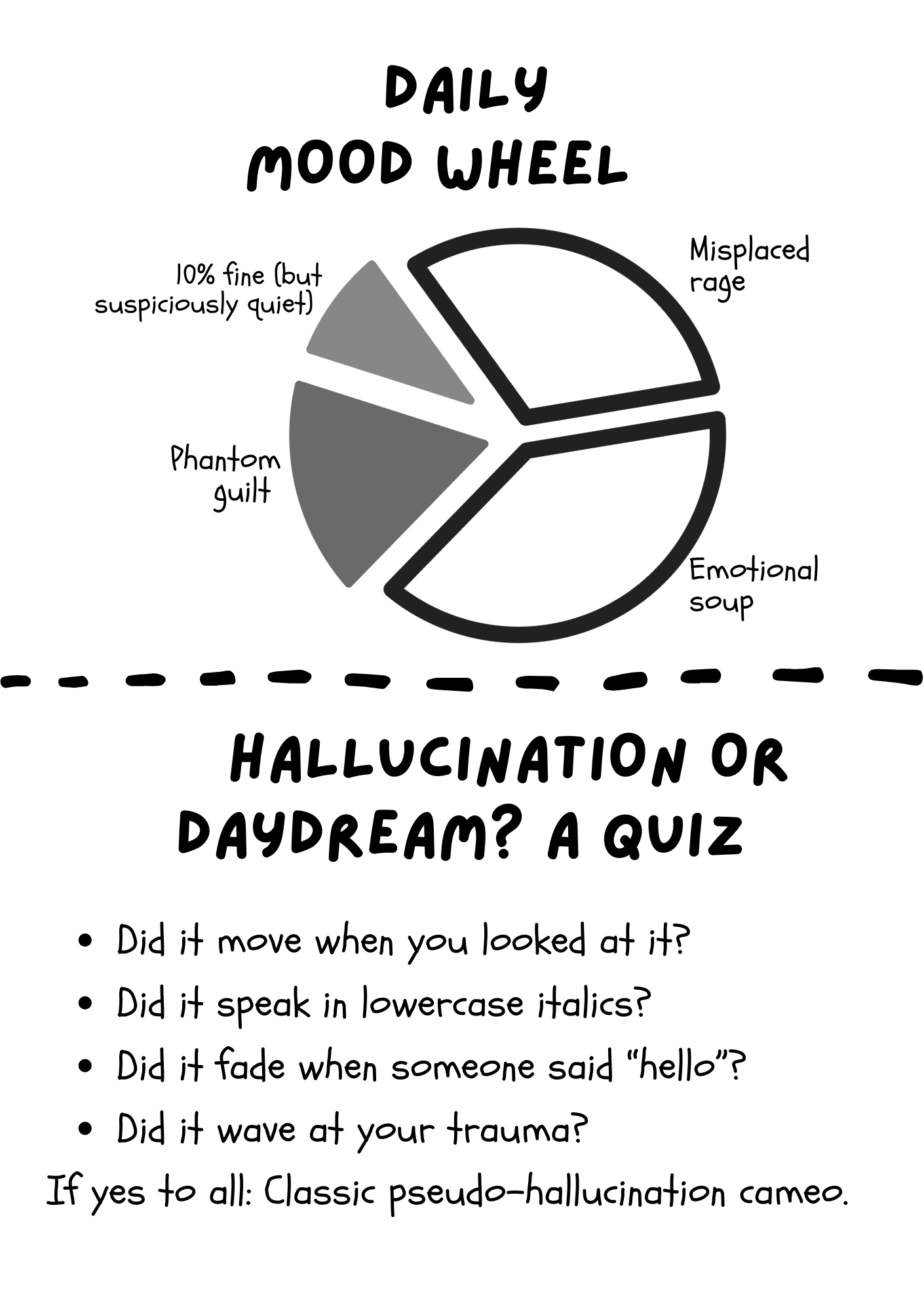
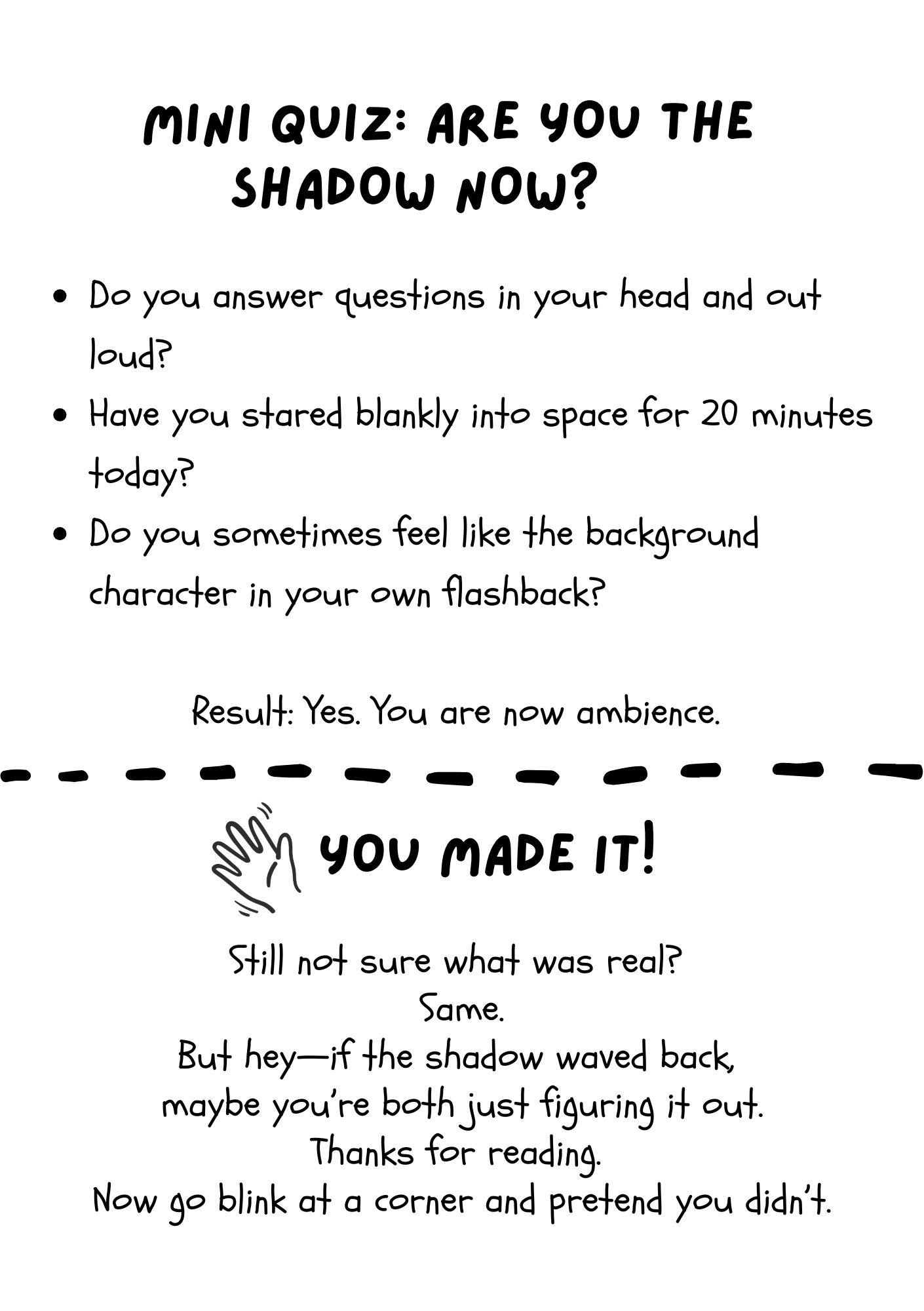
After laying out the pages in Illustrator, I brought the designs into Procreate, where I added the shadowy figures and other hand-drawn illustrations. This step brought a more personal, expressive quality to the zine, contrasting with the clean digital layout. I also designed both the front and back covers to give the zine a more finished and cohesive look, making sure it felt like a complete, polished piece rather than just an experimental draft.


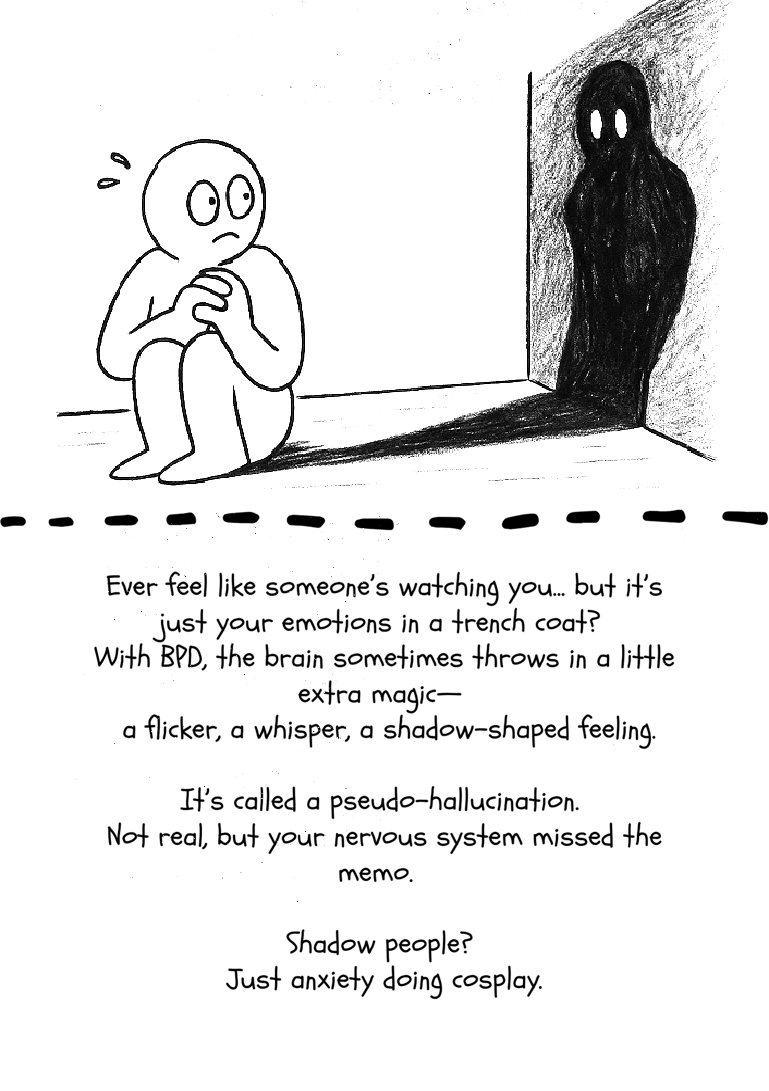
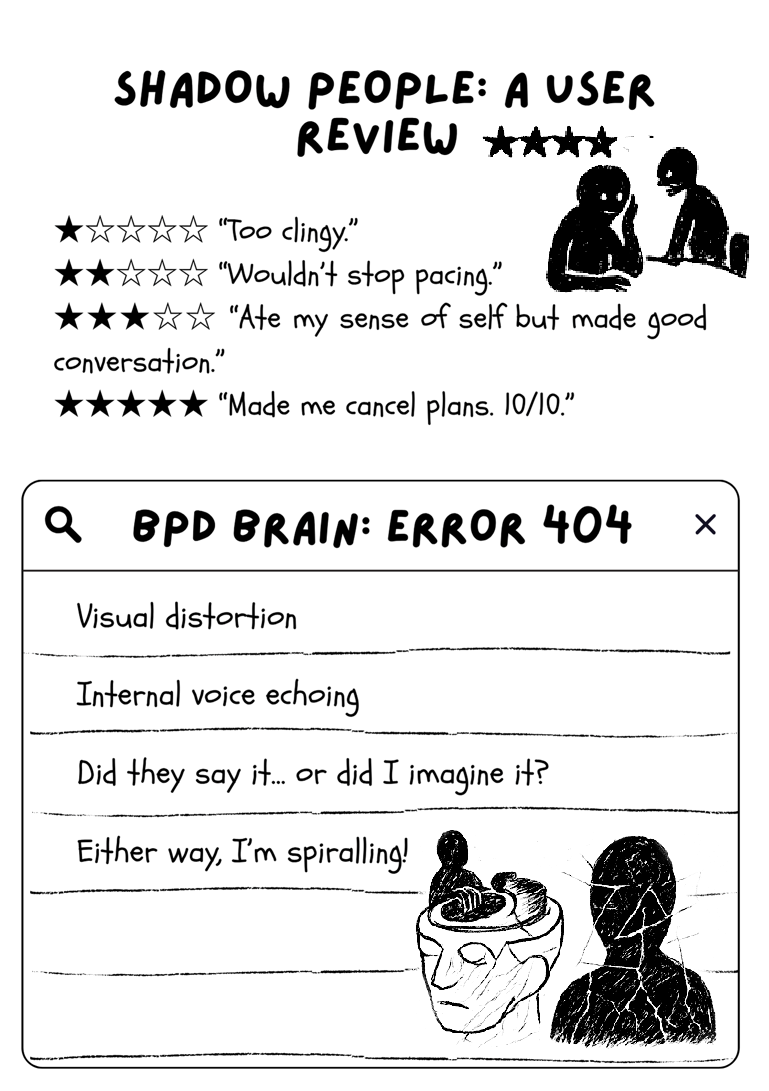




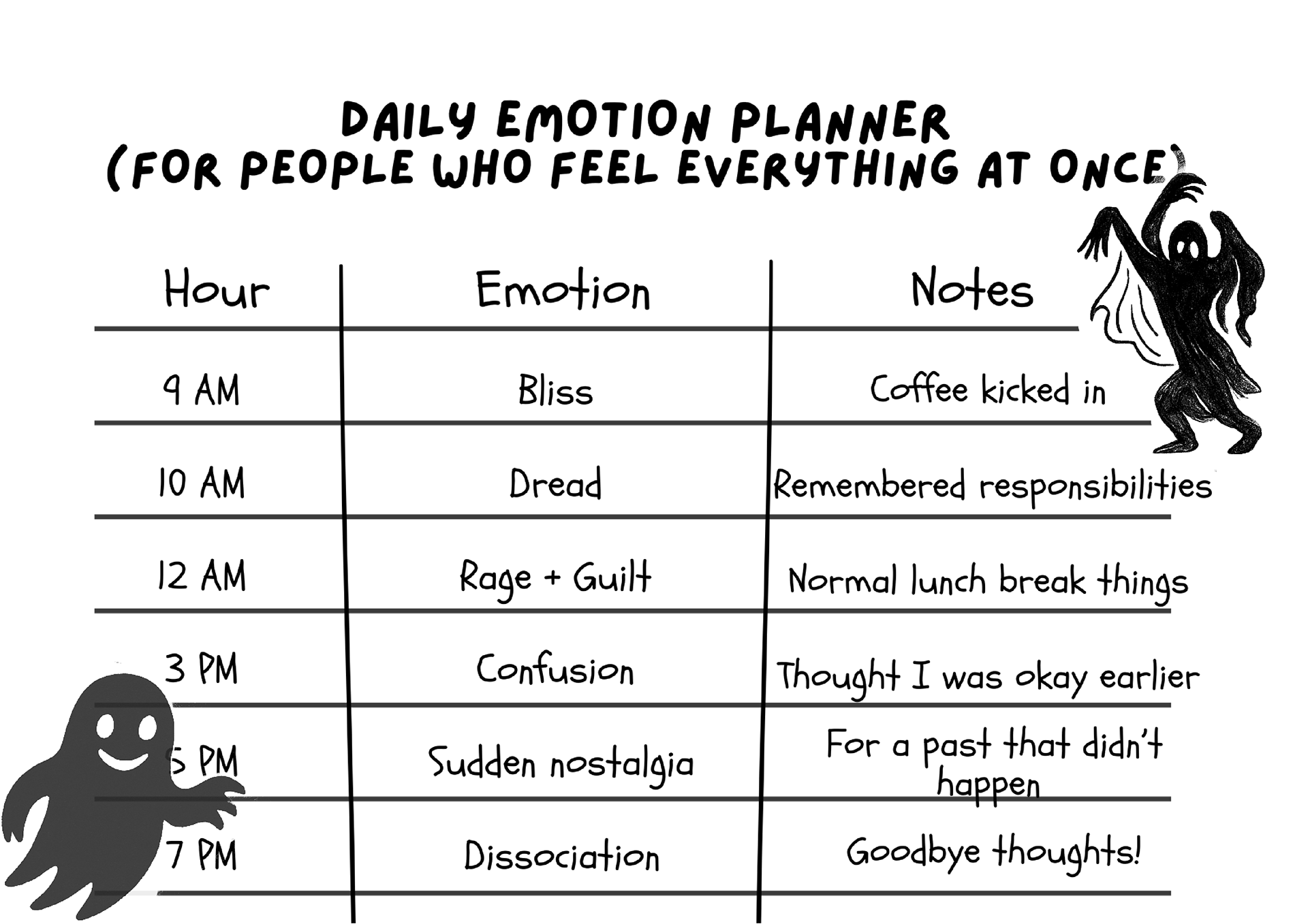
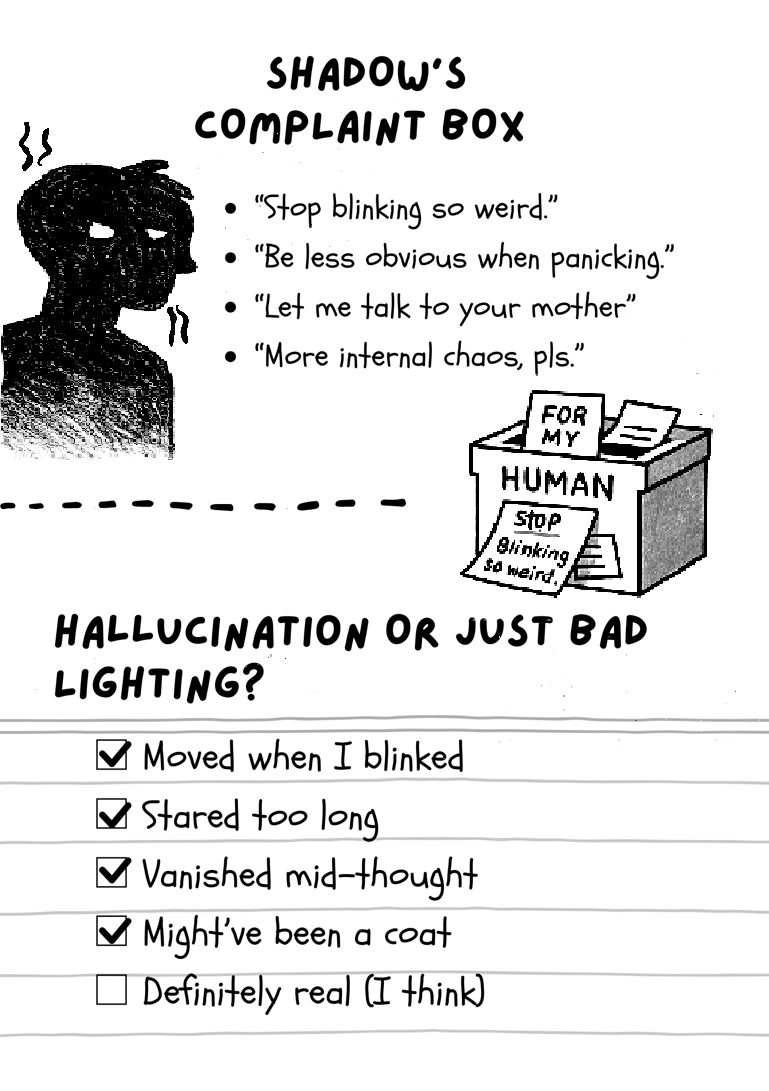
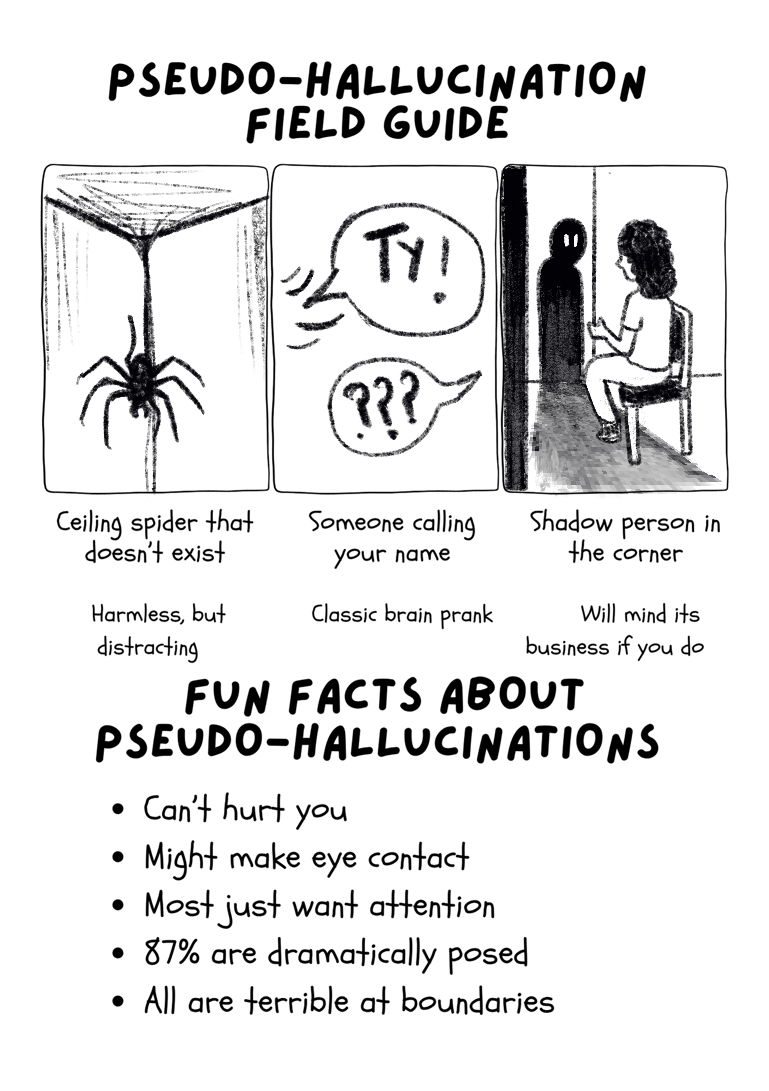





Then I arranged all the pages into the InDesign template. At first, it looked completely chaotic—the layout made no visual sense until it was printed and folded. It was definitely one of those moments where I had to just trust the process and hope it would all come together in the end. Once assembled, it finally made sense and felt satisfying to see it work as a physical object.
I printed a few test copies on regular A4 paper first, just to make sure the bleed wasn’t cutting off too much and that the pages stayed in the correct order once folded. After that, I experimented with different kinds of recycled paper like hemp, wildflower, and lemongrass to see how the zine felt with more texture and weight. I also scaled the project up by printing some copies on A3 paper, which allowed me to make A5-sized zines instead of A6. Then I decided to explore a new format entirely. I created a fresh template and rearranged the same pages into a traditional pamphlet-style book. I printed these on A4 sheets, folded them down the middle, and stitched them along the spine to give it a more finished, handmade feel. I did not get any photos of these unfortunately.
